

Articles
How To Store A Bed
Modified: December 7, 2023
Learn the best techniques and tips for storing a bed in this comprehensive article. Discover how to protect and preserve your bed during storage.
(Many of the links in this article redirect to a specific reviewed product. Your purchase of these products through affiliate links helps to generate commission for Storables.com, at no extra cost. Learn more)
Introduction
When it comes to storing a bed, proper preparation and careful handling are key to ensuring its longevity and protection. Whether you’re moving to a new place, downsizing, or simply need to store your bed temporarily, following the right steps can prevent damage and preserve its quality.
In this article, we will guide you through the process of storing a bed effectively. From cleaning and disassembling the bed to finding the right storage location, we will provide you with comprehensive instructions to ensure your bed remains in optimal condition until you’re ready to use it again.
So, let’s dive into the step-by-step guide on how to store a bed properly.
Key Takeaways:
- Properly storing a bed involves thorough cleaning, disassembly, wrapping, and selecting the right storage location to ensure its longevity and quality for future use.
- Periodic inspection and maintenance of the stored bed are crucial to prevent damage from pests, moisture, and environmental factors, maintaining its optimal condition for future use.
Read more: How To Store A Bed Frame
Step 1: Cleaning and Preparing the Bed
Before you start disassembling your bed for storage, it is essential to ensure that it is clean and properly prepared. Cleaning your bed will help prevent the accumulation of dust, dirt, and allergens, which can damage your mattress and bedding over time. Here are the steps to clean and prepare your bed for storage:
- Remove bedding: Start by stripping off all the bedding from your bed, including sheets, pillowcases, duvet covers, and mattress protectors. Place them in a separate bag or container for washing.
- Vacuum or brush: Use a vacuum cleaner or a soft brush to remove any loose dirt, dust, or debris from your mattress. Pay close attention to the seams, corners, and edges.
- Spot clean stains: If you notice any stains on your mattress or upholstery, spot clean them using a mild detergent and a damp cloth. Avoid saturating the area with water, as this can lead to mold or mildew growth.
- Air dry: Allow your mattress and other bedding components to air dry completely before proceeding to the next step. This will help prevent the growth of mold or mildew during storage.
- Disinfect: Consider disinfecting your mattress by using a fabric cleaner or a mixture of water and vinegar. This can help eliminate any bacteria, odors, or allergens present on the surface.
- Protect with a mattress cover: Once your mattress is clean and dry, encase it in a mattress cover or a plastic wrap designed for storage. This will provide an extra layer of protection against dust, pests, and moisture.
By following these cleaning and preparation steps, you can ensure that your bed is in the best possible condition before moving on to disassembling it for storage. Taking the time to properly clean and protect your bed will go a long way in maintaining its quality during the storage period.
Step 2: Disassembling the Bed
Once you’ve thoroughly cleaned and prepared your bed, it’s time to disassemble it for storage. Disassembling your bed not only helps save space but also ensures that each component is adequately protected. Here’s a step-by-step guide on how to disassemble your bed:
- Remove the mattress: Start by removing the mattress from the bed frame. Have someone assist you if the mattress is heavy or bulky.
- Take apart the bed frame: Depending on the type of bed you have, you may need to unscrew or detach various parts of the bed frame, such as the headboard, footboard, side rails, and support slats.
- Label and bag screws and small parts: To avoid confusion when reassembling the bed later, place all the screws, bolts, and small parts in separate bags. Label each bag accordingly and consider taping it to one of the bed frame components for easy retrieval.
- Wrap and protect bed frame components: Once disassembled, wrap each bed frame component in padding materials, such as moving blankets or bubble wrap. This will provide cushioning and protection against scratches or damage during transport and storage.
- Secure loose parts: Use zip ties or strong adhesive to secure any loose parts, such as slats or brackets, to the main bed frame. This will prevent them from shifting or getting lost during storage.
By following these steps, you can safely and efficiently disassemble your bed for storage. Remember to keep all the necessary components together and properly labeled to make reassembly a breeze when the time comes.
Step 3: Wrapping and Protecting Bed Components
Once you have disassembled your bed, it’s important to wrap and protect each component to ensure their safety during storage. Proper wrapping and protection will prevent scratches, dents, and other damage that can occur during transportation or when stored alongside other items. Here’s how to wrap and protect the bed components:
- Wrap the mattress: Start by placing the mattress in a sturdy mattress bag or cover. Ensure the bag is large enough to fully encase the mattress and provide a snug fit. This will protect it from dust, moisture, and potential tears.
- Cover the bed frame pieces: For the disassembled bed frame components, wrap each piece individually in moving blankets or bubble wrap. Secure the wrap with packing tape to keep it in place and provide a layer of protection.
- Protect delicate parts: If your bed frame has any delicate or intricate parts, such as decorative knobs or fragile materials, consider providing additional padding or wrapping them separately to prevent damage.
- Label and organize: As you wrap each bed component, label them clearly and keep them organized. Use markers or sticky labels to indicate which piece belongs to which part of the bed. This will make reassembly much easier later on.
- Use furniture blankets: If you have larger bed frame pieces that cannot be wrapped individually, consider using furniture blankets to cover the entire piece. This will provide an added layer of protection against scratches and dings.
- Store in protective containers: If possible, store your wrapped bed components in plastic storage bins or furniture bags that are designed for long-term storage. This will keep them safe from dust, pests, and moisture during their time in storage.
By following these steps, you can ensure that each bed component is properly wrapped and protected. Taking the time to provide adequate cushioning and shielding will help preserve the quality of your bed during storage and make for a smooth reassembly process when you’re ready to use it again.
When storing a bed, disassemble it if possible to save space. Use mattress and box spring covers to protect them from dust and damage. Store in a clean, dry area to prevent mold and mildew.
Step 4: Finding the Right Storage Location
Choosing the right storage location for your bed is crucial to ensure its safety and protection during the storage period. The ideal storage location should provide a clean and secure environment, keeping your bed away from potential hazards and damages. Here are some factors to consider when selecting a storage location:
- Climate control: Look for a storage facility that offers climate control to prevent extreme temperature fluctuations and humidity. Constant exposure to high or low temperatures can damage your bed’s materials, including the mattress and wooden components.
- Cleanliness and cleanliness: Opt for a storage facility that is clean and well-maintained. A clean environment ensures that your bed remains free from dust, pests, and other potential contaminants that could cause damage or odors.
- Security measures: Consider a storage facility with appropriate security measures, such as surveillance cameras, gated access, and individual unit alarms. This will provide you with peace of mind knowing that your bed is protected from theft or unauthorized access.
- Proper ventilation: Ensure that the storage unit has proper ventilation to prevent the buildup of moisture and mold. Good airflow will help keep your bed fresh and avoid potential health issues caused by mold or mildew growth.
- Size of the storage unit: Choose a storage unit that is spacious enough to accommodate all the bed components without having to squeeze them together. Adequate space will allow for proper airflow and minimize the risk of damage from overcrowding.
- Accessibility: Consider how often you may need to access your stored bed. If you anticipate needing frequent access, opt for a storage unit that offers convenient access hours and easy entry options.
- Insurance coverage: While not directly related to the storage location, it’s advisable to check if your storage facility offers insurance coverage for your stored items. This helps provide financial protection in case of any unexpected damage or loss.
Take the time to research and visit different storage facilities in your area to find the one that best meets your needs. Remember, investing in a suitable storage location will help ensure the longevity and preservation of your bed while it’s not in use.
Read more: How To Store Extra Bedding
Step 5: Storing the Bed
Once you’ve prepared your bed components and found the right storage location, it’s time to properly store your bed. Follow these steps to ensure your bed remains well-protected throughout its time in storage:
- Arrange components strategically: Place the wrapped mattress in the storage unit first, positioning it against a wall to maximize space. Then, stack the wrapped bed frame components on top of each other, making sure to place heavier items at the bottom and lighter items on top.
- Create a clear path: Leave a clear path within the storage unit, allowing easy access to your bed if needed. This will prevent the need to shift or move other items to reach your bed.
- Avoid leaning items against the bed: Be mindful of other items you may store in the same unit. Avoid leaning heavy objects or furniture against your bed components, as this can lead to damage or shifting during storage.
- Add moisture absorbers: To prevent moisture buildup, consider placing moisture absorbers or desiccant packets near your bed components. These will help keep the environment dry and protect against mold or mildew growth.
- Use furniture blankets or covers: If there is additional space or if you have delicate bed frame pieces, consider placing furniture blankets or covers between your bed components. This will provide an extra layer of protection against potential scratches or impact.
- Secure the storage unit: Close and lock the storage unit securely to ensure the safety of your bed components. Double-check that the lock is in good working condition and keep the key or access code in a safe place.
- Take pictures and make an inventory: Before closing the storage unit, consider taking pictures of your bed components and creating an inventory list. This will help you easily identify and assess any potential damage that may occur during storage.
By following these steps, you can ensure that your bed is stored safely and in a way that minimizes the risk of damage. When it’s time to retrieve your bed, you’ll have peace of mind knowing that it has been well-preserved and ready for use.
Step 6: Periodic Inspection and Maintenance
While your bed is in storage, it’s important to periodically inspect and maintain it to keep it in optimal condition. Even in a well-maintained storage facility, factors like humidity, temperature changes, and pests can still pose risks to your bed. Follow these steps to ensure your bed remains in good shape during storage:
- Regularly check for signs of damage: Visit the storage unit periodically to inspect your bed components for any signs of damage. Look for cracks, tears, or discoloration that could indicate pest infestation, water damage, or other issues.
- Assess the cleanliness: Check for dust, dirt, or other debris that may have accumulated on your bed components. If necessary, gently wipe them down with a clean, dry cloth to keep them clean and free from potential allergens.
- Reinforce protective coverings: Ensure that the mattress cover and wrapping on the bed frame components are still intact and in good condition. Replace or repair any damaged covers to provide ongoing protection.
- Monitor temperature and humidity: If your storage facility doesn’t have climate control, use humidity and temperature monitoring devices to ensure that these levels remain within acceptable ranges. Excessive moisture or extreme temperatures can cause damage to the bed materials.
- Address pest issues: Check for any signs of pests, such as droppings, nests, or chewed materials. If you suspect pest activity, contact a pest control professional to address the problem before it causes damage to your bed.
- Reinforce storage unit security: Regularly check the security features of your storage unit to ensure it remains locked and inaccessible to unauthorized individuals. This will help safeguard your bed against theft or unauthorized access.
- Rotate and rearrange components: To prevent any pressure points or indentations from forming, rotate and rearrange your mattress and bed frame components periodically. This will help distribute any potential stress evenly and maintain their shape.
By implementing these periodic inspection and maintenance steps, you can address any potential issues early on and prevent further damage to your bed. Regular care and attention will help ensure that your bed remains in excellent condition and ready for use when you retrieve it from storage.
Conclusion
Storing a bed properly is essential to maintain its quality and protect it from damage during periods of non-use. By following the step-by-step guide outlined in this article, you can ensure that your bed remains in excellent condition until you’re ready to use it again.
Begin by thoroughly cleaning and preparing the bed, ensuring that it is free from dirt and stains. Disassemble the bed with care, keeping track of all the components and labeling them for easy reassembly. Wrap and protect each component individually, using appropriate materials to prevent scratches and dents.
When searching for a storage location, prioritize cleanliness, climate control, security, and proper ventilation to keep your bed safe from environmental damage. Store the bed in an organized manner, leaving clear pathways and avoiding leaning heavy items against it.
Periodically inspect and maintain your bed while it is in storage, checking for signs of damage, ensuring cleanliness, and addressing any pest or moisture issues. Rotate and rearrange the components to distribute pressure evenly and maintain their shape.
By following these steps and giving your bed the attention it deserves, you can look forward to enjoying a well-preserved and comfortable bed when you retrieve it from storage.
Remember, storing your bed properly not only protects its physical integrity but also ensures that you have a clean and hygienic sleeping environment when it’s time for you to set it up again. So, take the necessary precautions, give your bed the care it needs, and enjoy a good night’s sleep for years to come!
Frequently Asked Questions about How To Store A Bed
Was this page helpful?
At Storables.com, we guarantee accurate and reliable information. Our content, validated by Expert Board Contributors, is crafted following stringent Editorial Policies. We're committed to providing you with well-researched, expert-backed insights for all your informational needs.
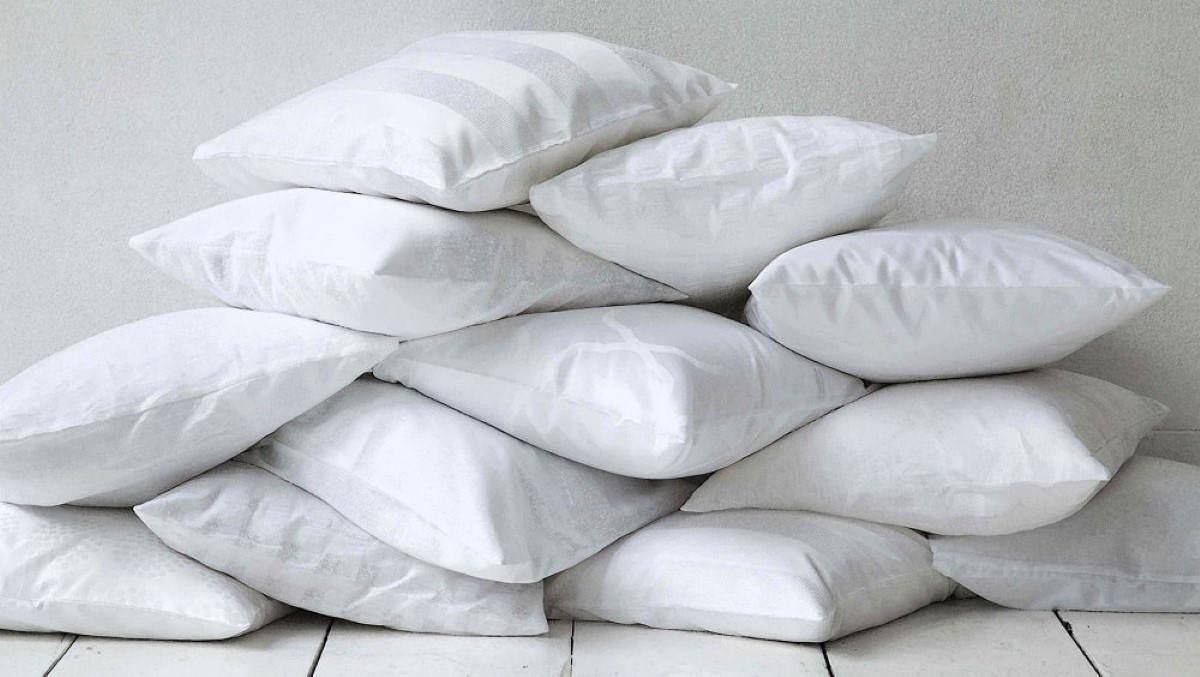
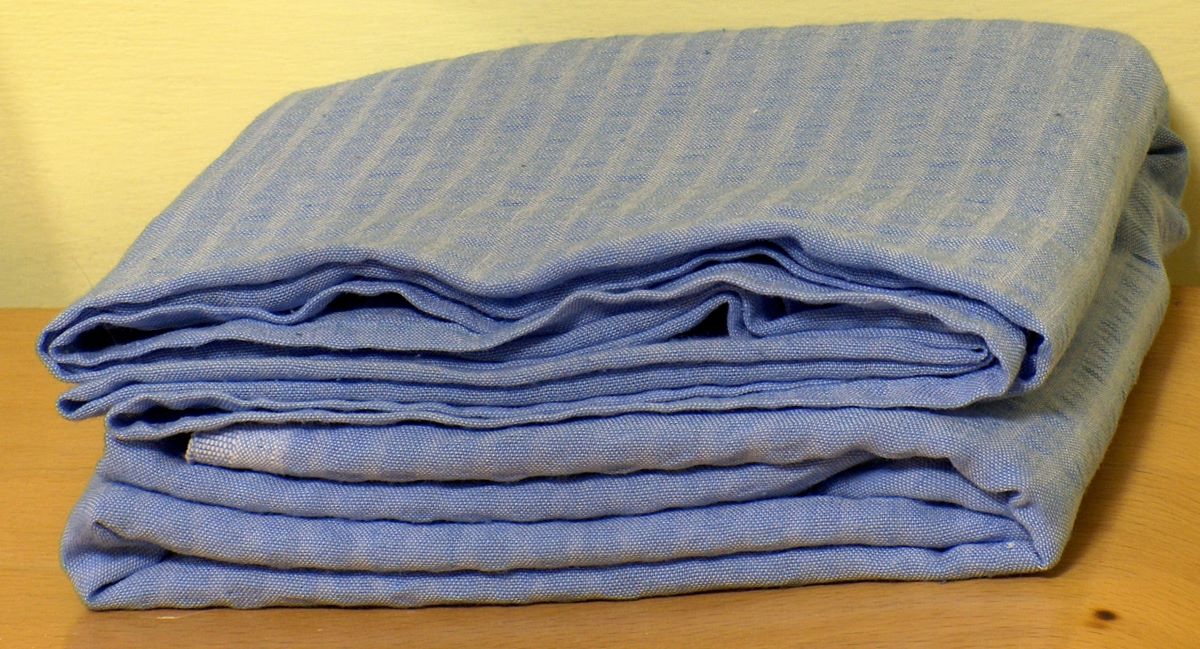
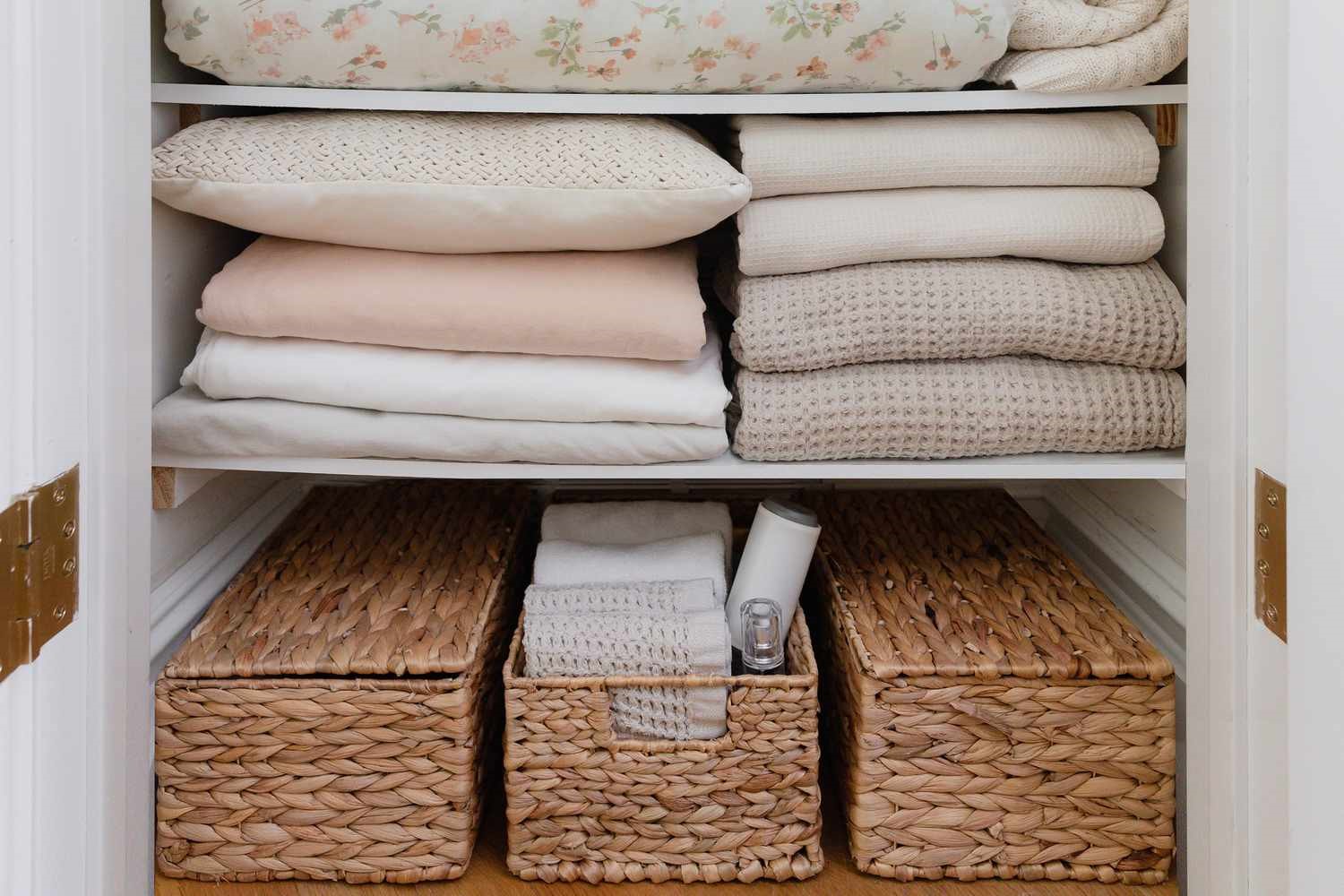

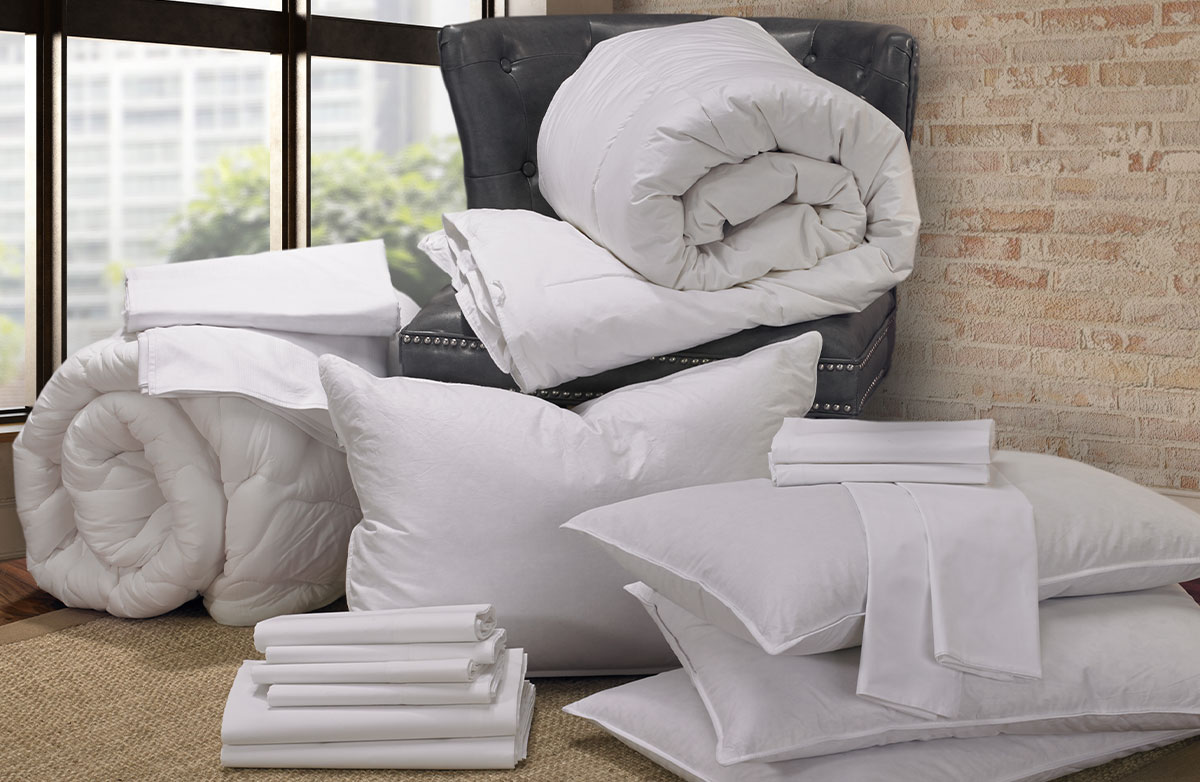
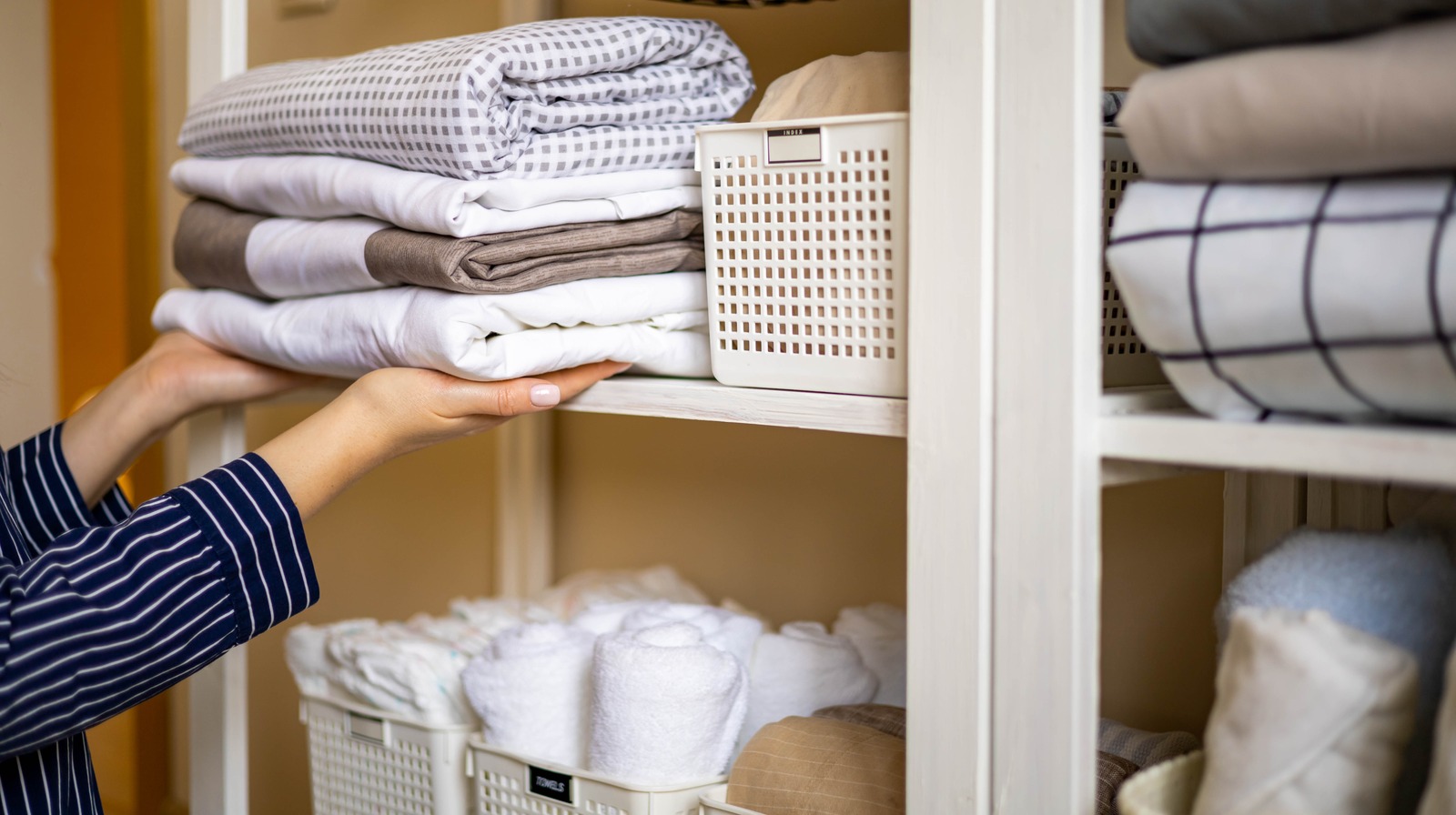
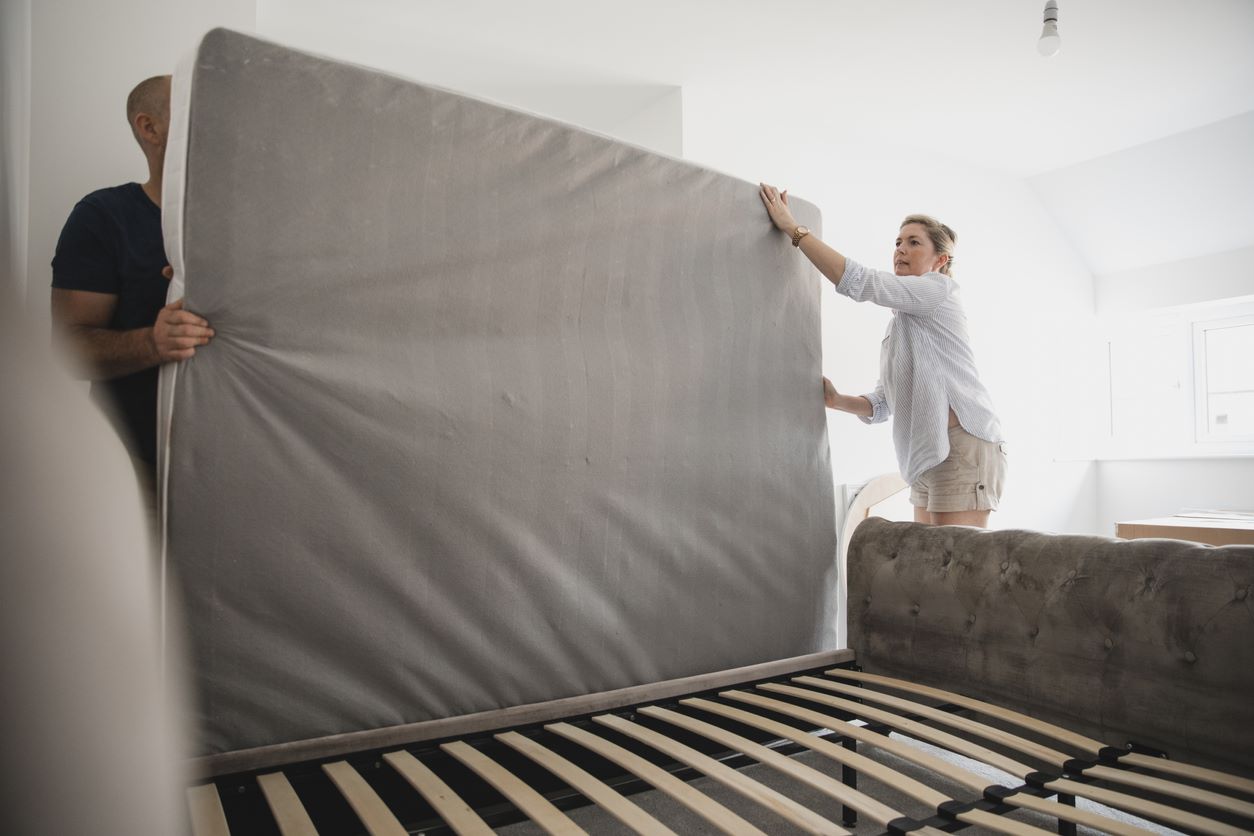

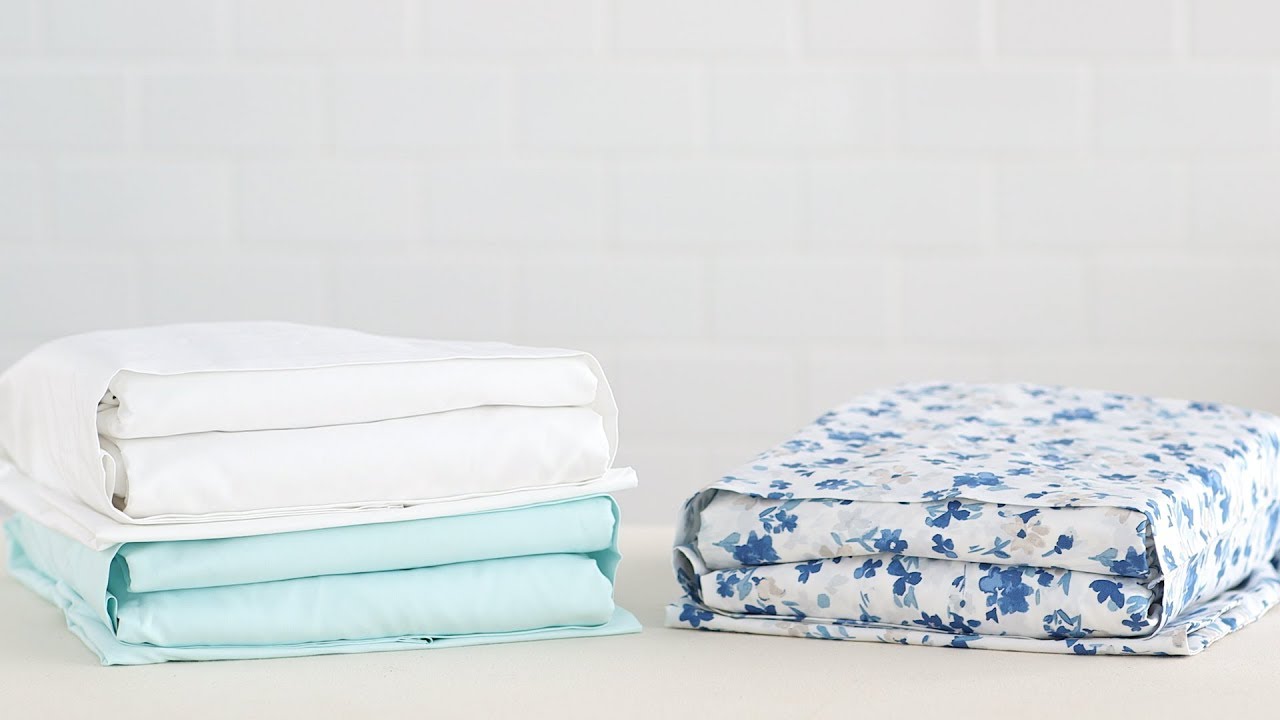
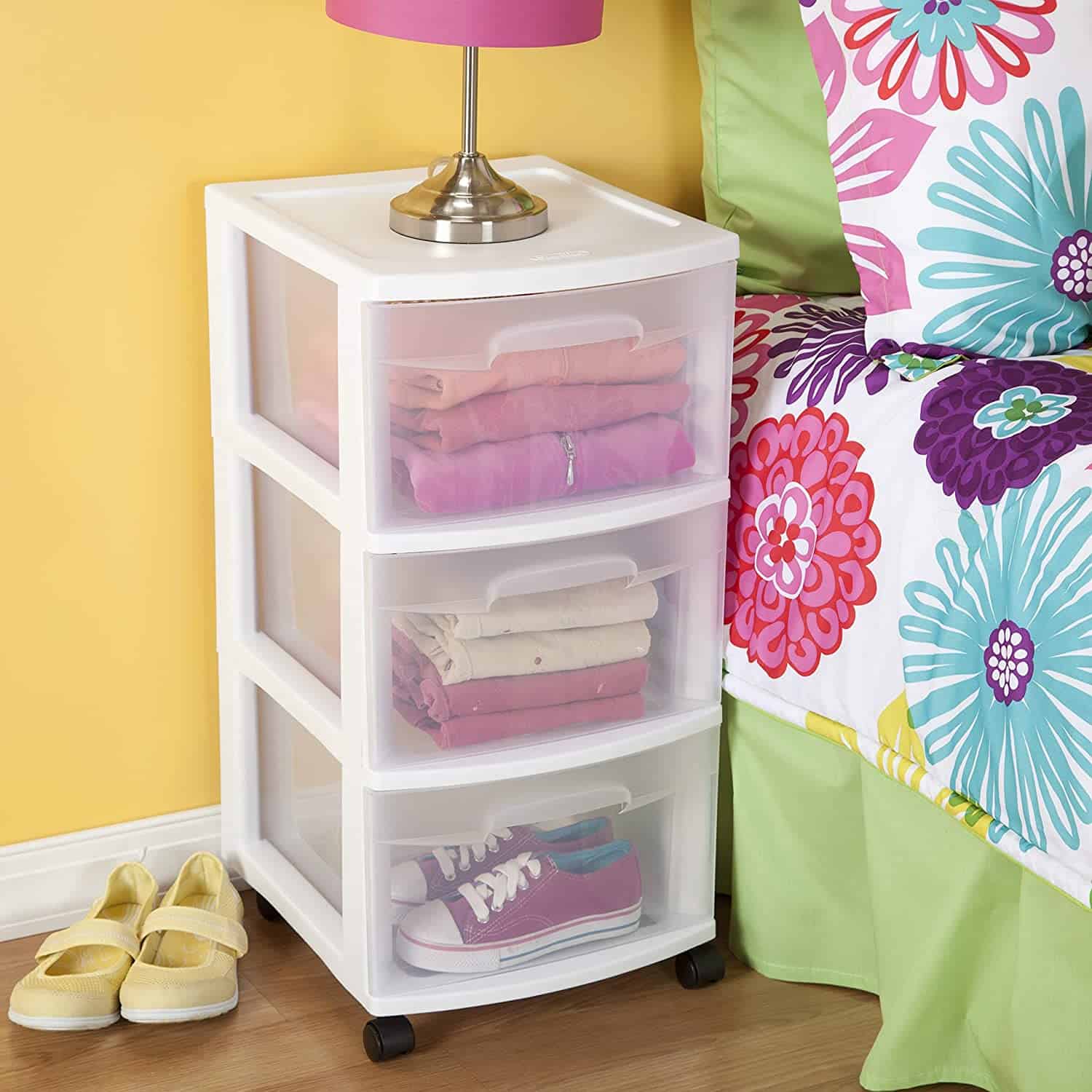
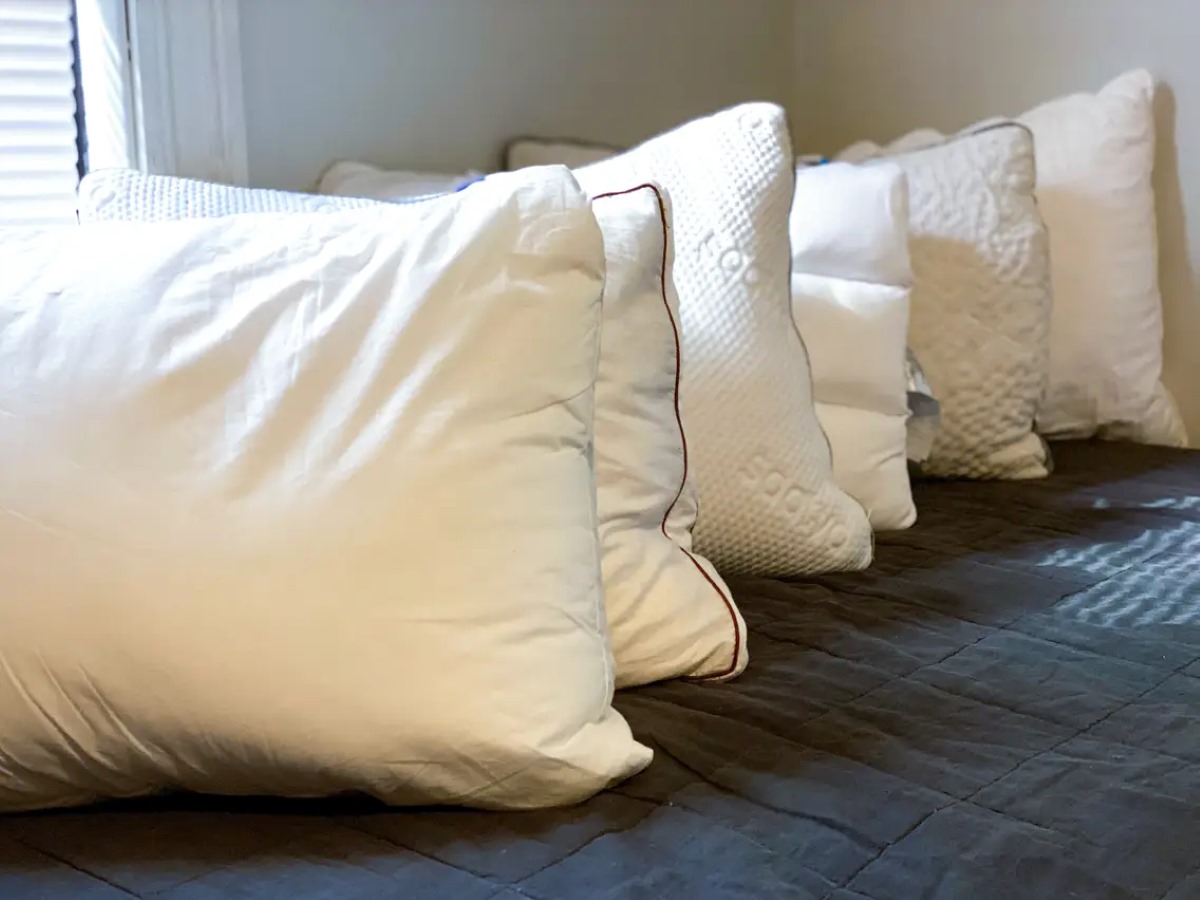
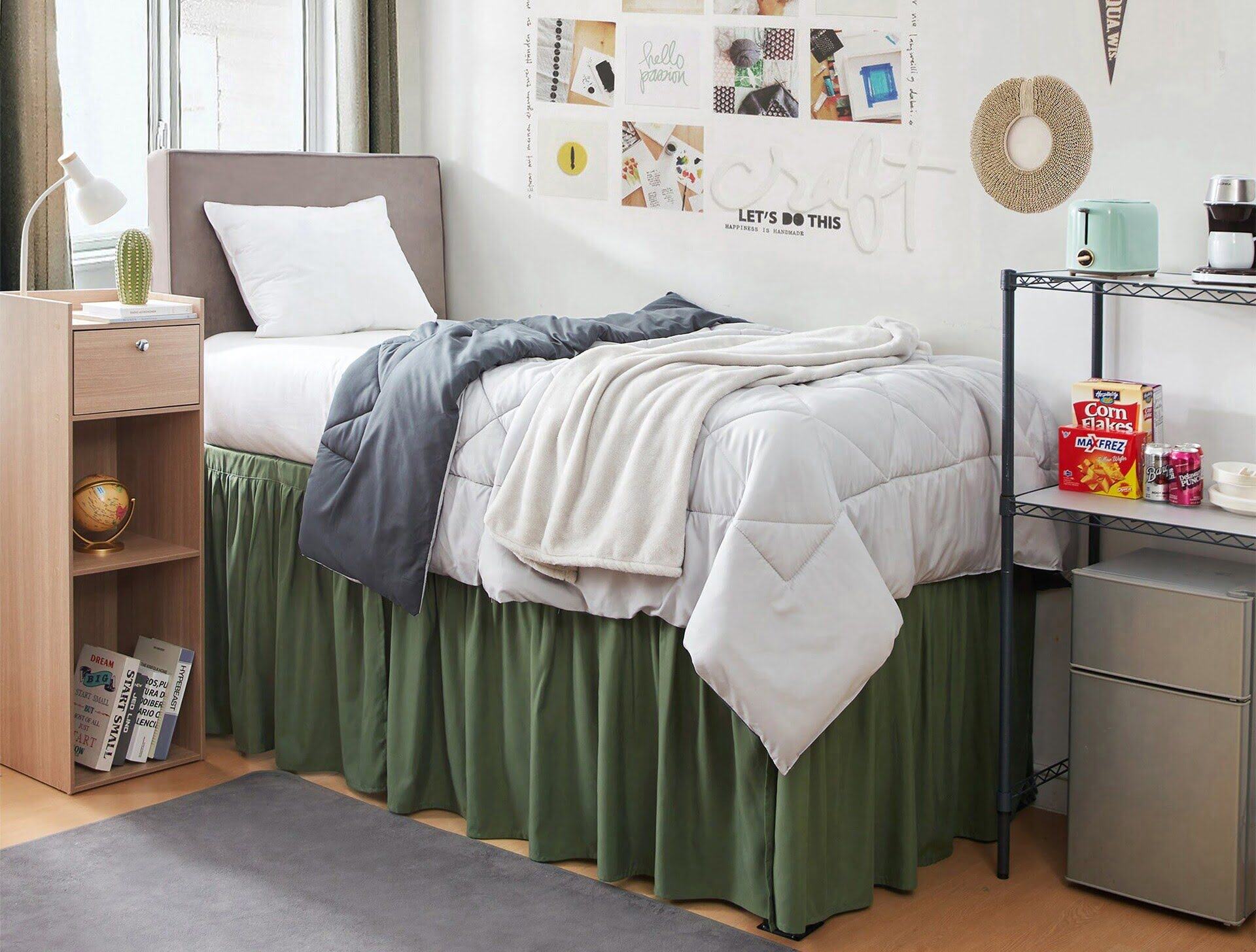



0 thoughts on “How To Store A Bed”